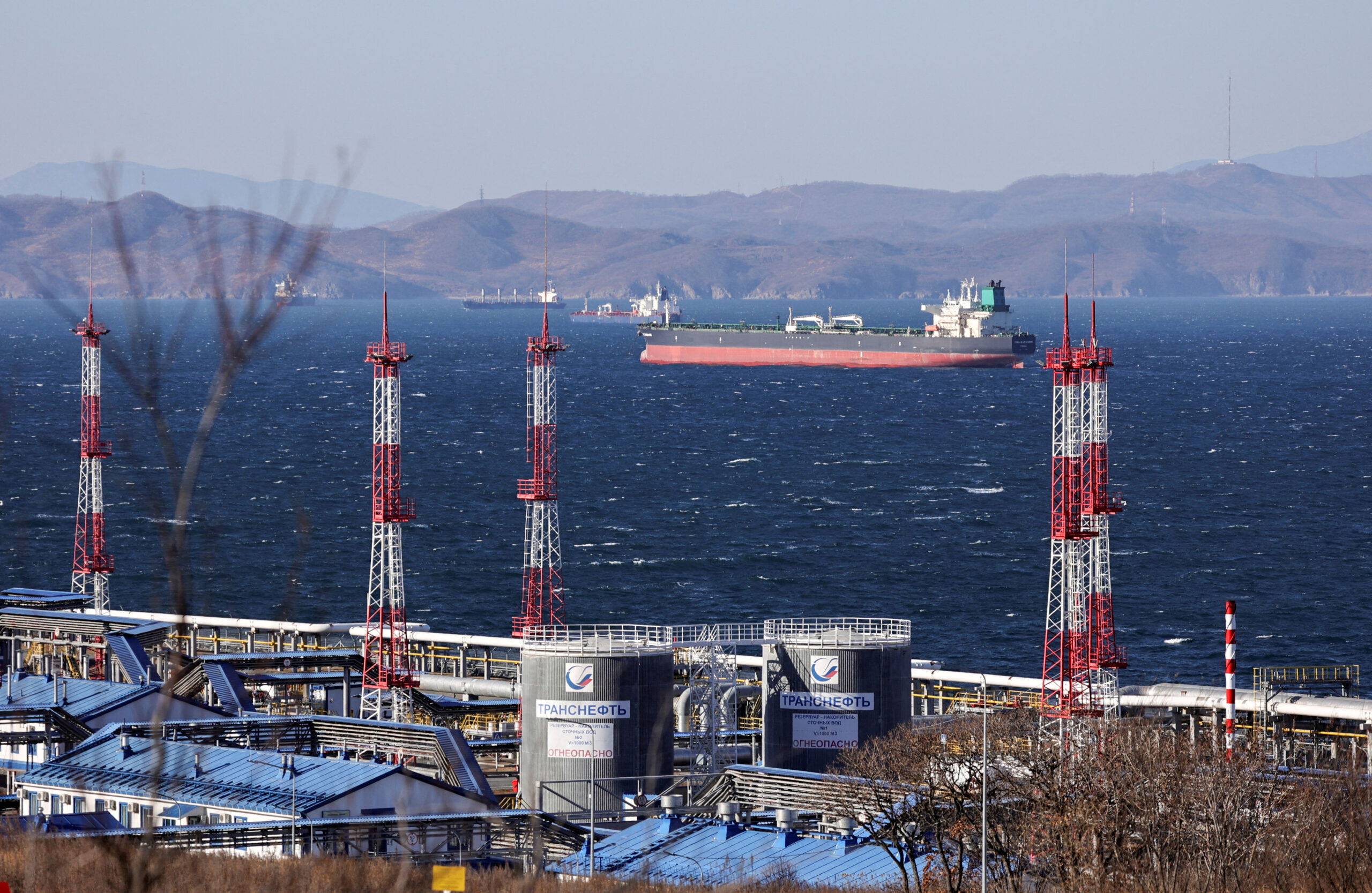Diana Shippings MV Boston. Photo courtesy Diana Shipping
By Swetha Gopinath and Thyagaraju Adinarayan
June 28 (Reuters) – The outlook for the drybulk shipping market is brightening after a stormy four years, but only those shippers that managed to avoid getting swamped by debt are poised to take full advantage.
Baltic Trading Ltd, Diana Shipping Inc and Navios Maritime Holdings Inc are among the handful of U.S.-listed companies that are still shipshape after an industry downturn caused by an oversupply of ships in a weak economy.
Several companies have gone under. Most recently, Excel Maritime Carriers Ltd said it planned to file for bankruptcy because it could no longer service its debts. Other casualties have included Britain’s oldest shipping firm, Stephenson Clarke Shipping, and Italy’s Deiulemar Shipping.
Baltic Trading, Diana Shipping and Navios navigated the crisis by either deferring or scrapping plans for new vessels, sharply cutting costs and keeping debt levels low.
“In a difficult market, such as the one we are operating in now, (low costs) can be the difference … and investors are attuned to the importance,” Angeliki Frangou, chief executive of Greece-based Navios, said in an email.
Navios’s operating costs for dry vessels are roughly 25 percent below the industry average, said Frangou, whose company operates a fleet of 58 drybulk vessels, 40 of them owned.
The Baltic Exchange’s main sea freight index, which tracks freight rates for ships carrying dry bulk commodities such as coal, iron ore and grain, plunged to a 16-year low of 647 last year, after touching a life-high of 11,793 in 2008.
The index stood at 1,171 points on Friday, up about 65 percent since the start of the year.
The drybulk market is well on track to recover fully next year, industry analysts and executives say, thanks to a slowdown in new ship orders and strengthening demand from China, the largest importer of dry bulk commodities.
Fleet growth, now about 5 percent per year, should slow to 2-3 percent next year, while global drybulk volumes are likely to grow by at least 6 percent, said Jefferies analyst Douglas Mavrinac.
“Drybulk shipping demand could only strengthen and it is at a time when the number of new ships being delivered is slowing fairly significantly,” Mavrinac told Reuters. “Things are starting to improve slowly but surely.”
RUNNING A TIGHT SHIP
Baltic Trading, Diana and Navios are preparing for a stronger market by using their robust balance sheets to pick up vessels on the cheap, either from struggling rivals or from shipyards that have had to cut prices.
The expansion plans contrast with the problems facing competitors Eagle Bulk Shipping Inc and Genco Shipping and Trading Ltd. Both have said they could be in breach of loan covenants by next year.
“We now feel that the time is right to pick up assets, when others can’t,” Baltic Trading’s chief financial officer, John Wobensmith, told Reuters. The company has not made any acquisitions since June 2010.
“We see the rationale behind ordering newbuilds at these low prices with delivery in 2015,” said Jarle Sjo, chief investment officer of Oslo-based fund management firm ODIN Forvaltning AS.
Sjo named Navios as a top pick among U.S.-listed drybulk shipping firms. The stock is up 56 percent this year.
As of Thursday’s close, the shares of Navios and Diana were trading roughly 12 percent below the median of all analyst price targets for the stocks, according to data from Thomson Reuters StarMine. Baltic Trading was trading at a 26 percent discount.
The combined total debt of Diana, Navios and Baltic was only about one sixth of the debt held by Dryships Inc as of the end of March, according to Thomson Reuters data.
Baltic Trading has a small payment of $2 million due in 2015, while Navios does not have any debt maturing before 2017. Both companies have continued to pay dividends, even through the downturn, while most of their competitors have stopped.
Diana Shipping, whose shares have risen 34 percent this year, is the only net-cash company among 35 U.S. marine companies reviewed, meaning its cash pile exceeds its debt, according to Thomson Reuters data.
Baltic Trading’s Wobensmith said he expected his company, which operates nine vessels, to grow both “from an acquisition standpoint and due to the market recovery down the road”.
Baltic Trading’s shares have risen about 21 percent so far this year.
(c) 2013 Thomson Reuters, Click For Restrictions

 Join The Club
Join The Club










